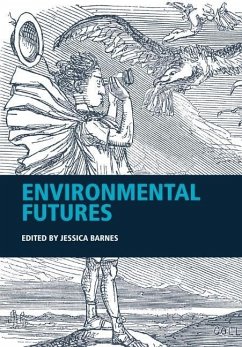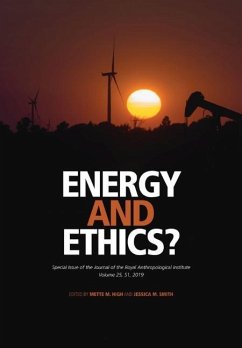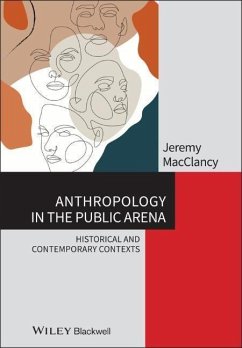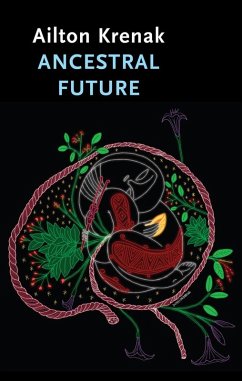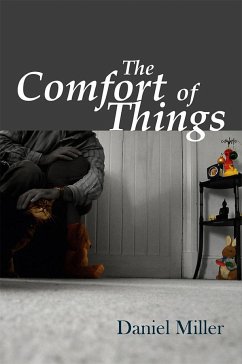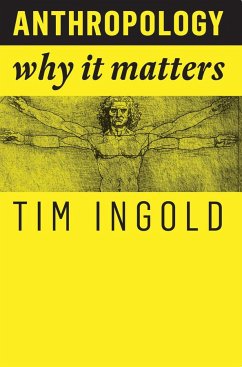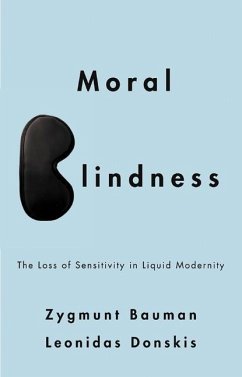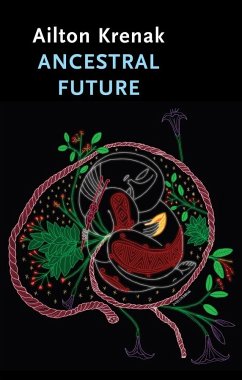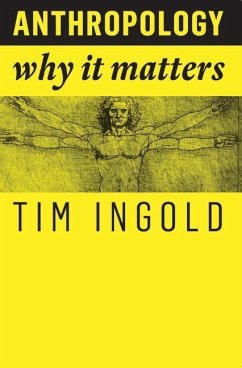
Investigating Culture
An Experiential Introduction to Anthropology
Versandkostenfrei!
Versandfertig in über 4 Wochen
48,99 €
inkl. MwSt.
Weitere Ausgaben:

PAYBACK Punkte
24 °P sammeln!
The third edition of Investigating Culture: An Experiential Introduction to Anthropology, the highly praised innovative approach to introducing aspects of cultural anthropology to students, features a series of revisions, updates, and new material._ Offers a refreshing alternative to introductory anthropology texts by challenging students to think in new ways and apply cultural learnings to their own lives_ Chapters explore key anthropological concepts of human culture including: language, the body, food, and time, and provide an array of cultural examples in which to examine them_ Incorporate...
The third edition of Investigating Culture: An Experiential Introduction to Anthropology, the highly praised innovative approach to introducing aspects of cultural anthropology to students, features a series of revisions, updates, and new material.
_ Offers a refreshing alternative to introductory anthropology texts by challenging students to think in new ways and apply cultural learnings to their own lives
_ Chapters explore key anthropological concepts of human culture including: language, the body, food, and time, and provide an array of cultural examples in which to examine them
_ Incorporates new material reflecting the authors' research in Malawi, New England, and Spain
_ Takes account of the latest information on such topical concerns as nuclear waste, sports injuries, the World Trade Center memorial, the food pyramid, fashion trends, and electronic media
_ Includes student exercises, selected reading and additional suggested readings
_ Offers a refreshing alternative to introductory anthropology texts by challenging students to think in new ways and apply cultural learnings to their own lives
_ Chapters explore key anthropological concepts of human culture including: language, the body, food, and time, and provide an array of cultural examples in which to examine them
_ Incorporates new material reflecting the authors' research in Malawi, New England, and Spain
_ Takes account of the latest information on such topical concerns as nuclear waste, sports injuries, the World Trade Center memorial, the food pyramid, fashion trends, and electronic media
_ Includes student exercises, selected reading and additional suggested readings




